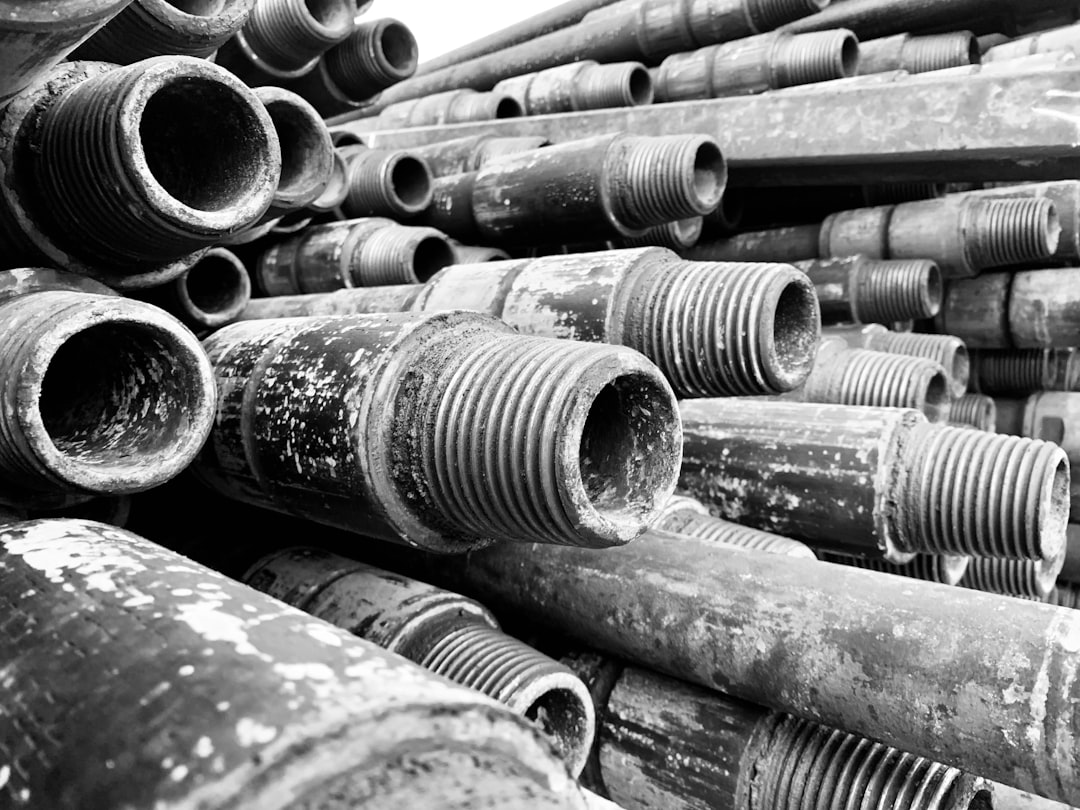body { font-family: sans-serif; line-height: 1.6; }
h1, h2, h3 { color: #333; }
h1 { font-size: 2.5em; }
h2 { font-size: 2em; }
h3 { font-size: 1.5em; }
Steel, an alloy of iron and carbon, forms the backbone of countless industries. Its versatility stems from the broad range of varieties available, each possessing unique properties tailored to specific applications. This comprehensive guide delves into the fascinating world of steel, exploring its diverse types and their characteristics.
1. Carbon Steels: The Foundation of Strength
Carbon steels are the most basic and widely used type of steel. Their properties are primarily determined by the carbon content, ranging from a fraction of a percent to around 2%. Low-carbon steels (mild steels), with carbon content below 0.3%, are known for their ductility, weldability, and formability, making them ideal for applications like automotive body panels, pipes, and structural components. Medium-carbon steels (0.3% to 0.6% carbon) offer improved strength and hardness, suitable for machine parts, shafts, and railway wheels. High-carbon steels (0.6% to 2% carbon), on the other hand, boast exceptional hardness and wear resistance, commonly used in tools, springs, and cutting edges.
2. Stainless Steels: Resistance to Corrosion and Heat
Stainless steels owe their superior corrosion resistance to the presence of chromium (at least 10.5%), which forms a protective chromium oxide layer on the surface. This layer prevents rust and degradation, making stainless steel ideal for applications in harsh environments. Different grades of stainless steel exist, categorized into austenitic, ferritic, martensitic, and duplex. Austenitic stainless steels, like 304 and 316, are known for their excellent formability and corrosion resistance, commonly used in kitchen appliances, medical instruments, and chemical processing equipment. Ferritic stainless steels offer good corrosion resistance and magnetic properties. Martensitic stainless steels are hardenable and used in cutlery and surgical tools. Duplex stainless steels combine the properties of austenitic and ferritic grades, providing exceptional strength and corrosion resistance.
3. Alloy Steels: Tailored Properties for Specific Needs
Alloy steels enhance the properties of carbon steel by adding various alloying elements like nickel, chromium, molybdenum, manganese, and vanadium. These additions modify the steel’s strength, hardness, toughness, corrosion resistance, and other characteristics. For instance, nickel increases toughness and corrosion resistance, while molybdenum enhances strength and high-temperature performance. Alloy steels find applications in a vast array of industries, including aerospace, construction, and energy, where specific properties are critical for optimal performance.
4. Tool Steels: The Masters of Cutting and Shaping
Tool steels are high-carbon, high-alloy steels designed for their exceptional hardness, wear resistance, and ability to hold a sharp edge. They are crucial in manufacturing processes, used to create cutting tools, dies, and molds. Different types of tool steels cater to specific applications, with variations in composition influencing their properties. High-speed steels (HSS) maintain their hardness at high temperatures, enabling high-speed machining. Other tool steels, like cold-work tool steels, are designed for applications at lower temperatures, prioritizing wear resistance and dimensional stability.
5. Specialized Steels: Meeting Unique Demands
Beyond the common types, numerous specialized steels cater to niche applications requiring unique properties. These include maraging steels, known for their exceptional strength and toughness; spring steels, characterized by high elasticity and resilience; and electrical steels, optimized for low energy losses in electrical applications. The development of specialized steels continues to push the boundaries of material science, enabling innovative solutions in diverse fields.
Choosing the right steel depends on the specific application and required properties. Factors to consider include strength, hardness, ductility, weldability, corrosion resistance, and cost. Consulting with materials engineers can ensure the selection of the optimal steel grade for your project.
SEO-Friendly Tags:
- Steel Types
- Steel Grades
- Carbon Steel Properties
- Stainless Steel Applications
- Alloy Steel Selection




